4 min read
Bias in AI Recruitment: Ensure Your Tool Isn't Discriminating
 Renee Arazie
:
Sep 10, 2025 1:25:12 PM
Renee Arazie
:
Sep 10, 2025 1:25:12 PM
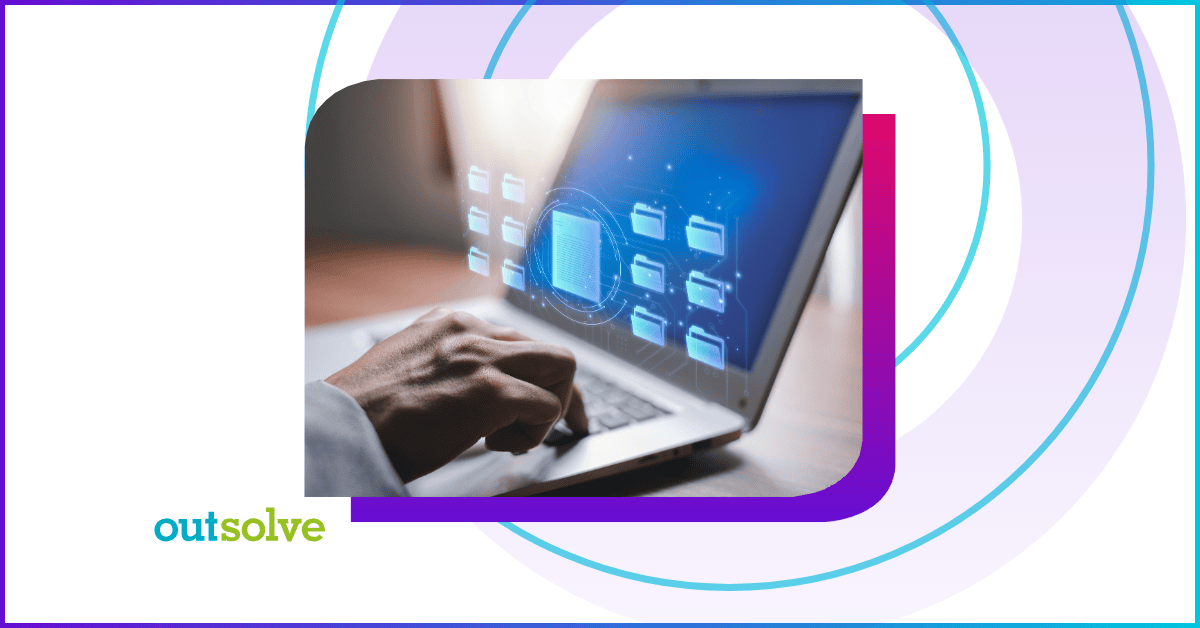
Artificial Intelligence (AI) is quickly becoming a common tool in today’s recruiting and hiring process. From resume screeners and chatbots to video interview analysis tools, AI recruitment solutions promise faster, smarter, and more efficient hiring decisions. For overloaded HR teams, support from AI feels like a breath of fresh air and can’t come soon enough.
As HR knows, hiring isn’t just about speed, nor should it be. It’s also about fairness, compliance, and getting the right person in the right role without any bias in the recruitment and hiring process. Here’s the bottom line, if your AI tool shows discriminatory patterns, then your company could ultimately be held accountable. In certain states, the tool may also face repercussions if bias is discovered.
In other words, the convenience of AI comes with a heavy responsibility. If you're using AI to help with hiring decisions, then you must make sure that your tools are not perpetuating bias in any way, shape, or form. Without regular human oversight, AI hiring bias can quietly go unnoticed and grow worse over time.
Let’s break this down further. Here are three key takeaways you’ll learn in this article:
- How AI recruitment tools can be used in the hiring process
- Evaluating AI recruitment tools
- Specific steps you can take to stay ahead of potential AI hiring discrimination
1. Understand How the Tool Works
Most of us aren’t data scientists, but as HR leaders, we still need to understand the basics of how our AI hiring tools are making decisions.
When evaluating or implementing an AI recruitment tool, ask vendors some critical questions, such as:
- How does the algorithm make decisions?
- What data is being used to train the model?
- How is the tool ensuring fairness across different demographic groups?
Many AI systems are trained on historical hiring data, which can unintentionally reinforce existing biases. For example, if your company’s past hiring skewed toward a particular gender or background, then the algorithm may learn to favor those profiles, even subtly.
Without regular human intervention, these patterns can worsen over time. If the tool isn’t challenged or corrected, it may assume its biased predictions are correct and actually double down on them.
You can’t take tech at face value, especially when it comes to hiring or not hiring someone. Push for transparency. Ask for a detailed demo, request a trial period, ask to see documentation, fairness reports, and real-life examples. If a vendor can’t explain how their tool avoids AI bias in hiring, then consider that a red flag.
2. Conduct Regular Bias Audits
No matter how promising the tool, regular checkups are essential. Just like you wouldn’t let an employee go years without a performance review, your AI tools need regular scrutiny.
Conduct bias audits on a scheduled basis, such as monthly, quarterly, or after significant hiring cycles. Look at the data to identify any disparate impact across race, gender, age, disability, or other protected characteristics.
Ask questions like:
- Are certain demographic groups consistently making it past the resume screening phase while others are not?
- Do interview scores from AI video analysis tools vary suspiciously by gender or race?
- Are chatbot interactions creating concerning outcomes based on names or other protected characteristics? Are they hindering the ability for individuals with disabilities to use the tools correctly?
If you identify troubling patterns, document them thoroughly. Then, take action, whether that means adjusting the model, adding more human oversight, or even pulling the tool altogether.
Bias isn’t always intentional but ignoring it can lead to serious consequences. Regular audits are your best defense against slow but increasing AI hiring discrimination and unchecked AI hiring bias.
3. Involve Legal and Compliance Early
The Equal Employment Opportunity Commission (EEOC) and Department of Labor (DOL) have both issued guidance around algorithmic bias and employer accountability. Along with federal guidance, some states are also creating their own AI guidance, creating a potential patchwork of AI laws that organizations need to follow. If your tool results in discriminatory outcomes, it doesn’t matter if you outsourced the technology. The liability still lands on your organization.
That’s why it’s crucial to involve your legal and compliance teams early in the procurement process. They can:
- Help review vendor claims around fairness and compliance
- Confirm your tool meets federal, state, and local hiring regulations
- Add proper documentation and disclaimers to hiring workflows
- Guide how AI tools are introduced to candidates
Fairness, transparency, and anti-discrimination should be built into your AI recruitment strategy from day one. Be proactive and don’t wait until there’s a compliance issue, or worse, a lawsuit.
4. Don’t Rely on Vendor Assurances Alone
Vendors are businesses too, so they understandably want to sell their tools. Many will tout their solutions as “bias-free,” “compliant,” or “ethically trained.”
But remember that those claims are not guarantees.
Even if a tool was developed responsibly, how it's used in your organization, with your data and hiring practices, may produce different outcomes.
This is why ongoing validation is so important. You can’t set it and forget it. Whether it’s resume scoring, interview evaluations, or chatbot conversations, there must be a human in the loop for monitoring, interpreting, and stepping in when needed.
If you notice something feels “off” in the results, even anecdotally, then it’s worth digging into the data. AI is a powerful assistant, but not a perfect decision-maker. Treat its output as input and not the final word.
In the struggle against AI bias in hiring, your vigilance is your strongest safeguard.
5. Know When to Make a Change
Let’s say you’ve done your audits, asked all the right questions, and still noticed a pattern of biased results. Don’t hesitate.
If the tool is showing discriminatory behavior, err on the side of caution and stop using it.
This doesn’t necessarily mean you have to scrap AI altogether. But it might mean:
- Switching to a more transparent vendor
- Reconfiguring the tool with new training data
- Adding human review to final decisions
- Going back to manual steps, at least temporarily, in high-risk parts of the hiring funnel
The worst thing you can do is delay action and hope the issue resolves on its own. It won’t.
Accountability means stepping in before your candidates, employees, or regulators raise the alarm. Whether it’s AI hiring bias or broader concerns about AI hiring discrimination, you can’t afford to look the other way.
Remember, AI doesn’t get better on its own. It needs human oversight to learn, improve, and stay fair and accurate.
What AI in Recruitment Means for Your Organization
AI can do incredible things to support the hiring process, like sort resumes in seconds, highlight potential fits, streamline communication, and even analyze soft skills in interviews. At the end of the day, it’s ultimately not a replacement for human judgment.
When it comes to fairness in hiring, human oversight isn’t optional. It’s essential.
Bias in AI hiring doesn’t just hurt your candidates. It damages your company’s culture, reputation, and legal standing. By staying proactive and informed, understanding how your tools work, conducting regular audits, involving legal, and staying vigilant, you can embrace AI recruitment with confidence and integrity.
Fairness is more than a compliance requirement, whether or not AI is involved in the process. It’s ultimately a core value that your company never wants to lose. Connect with our compliance experts at OutSolve with any questions and be sure to subscribe to our newsletter for insights like this delivered right to your inbox.
If you’d like to connect with other HR professionals to see how they are handling AI in recruitment, join HR Gumbo City. This vibrant community on Slack is the place for HR professionals to go for best practices, updated regulatory news, and more. Join today.
Renee attended Augusta University and graduated with a bachelor's degree in business management. At OutSolve, Renee leads a team of HR compliance consultants. Her experience with recruiting systems has been of great benefit in working with clients regarding business processes. Prior to joining OutSolve, Renee was part of a Talent Acquisition team for a global business analytics and information services firm for several years, where she recruited for several different US departments. Renee managed global process improvement projects as the applicant tracking system administrator and global trainer, as well as analyzed hiring metrics and data integrity.
Weekly OutLook
Featured Posts
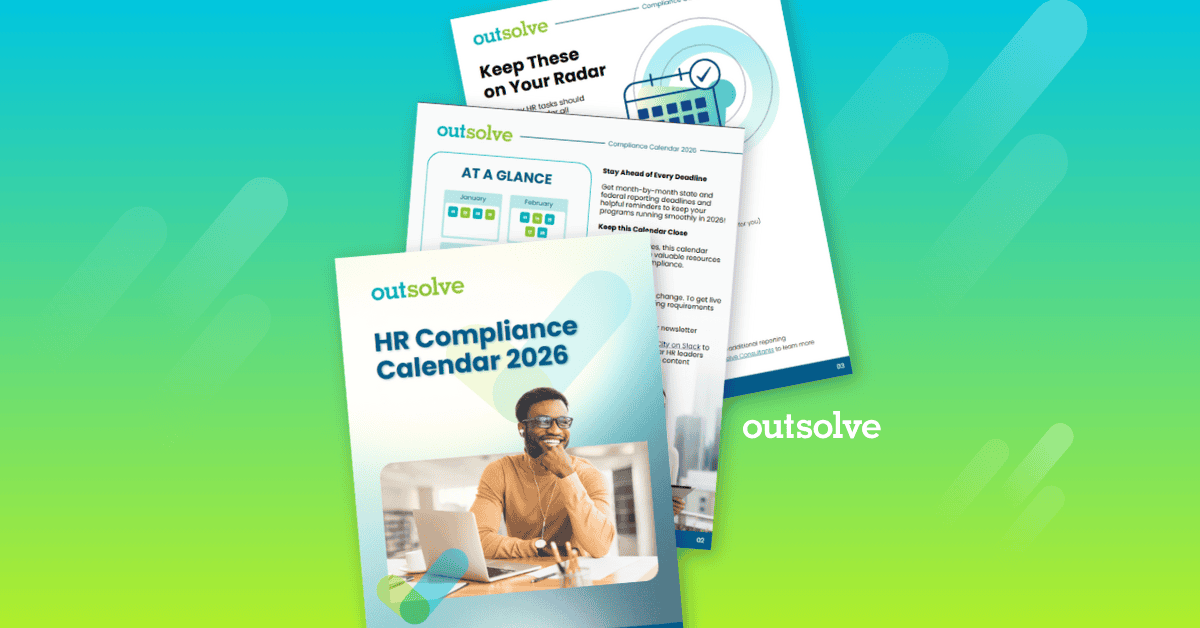
New Year, New Deadlines: 2026 HR Compliance Calendar
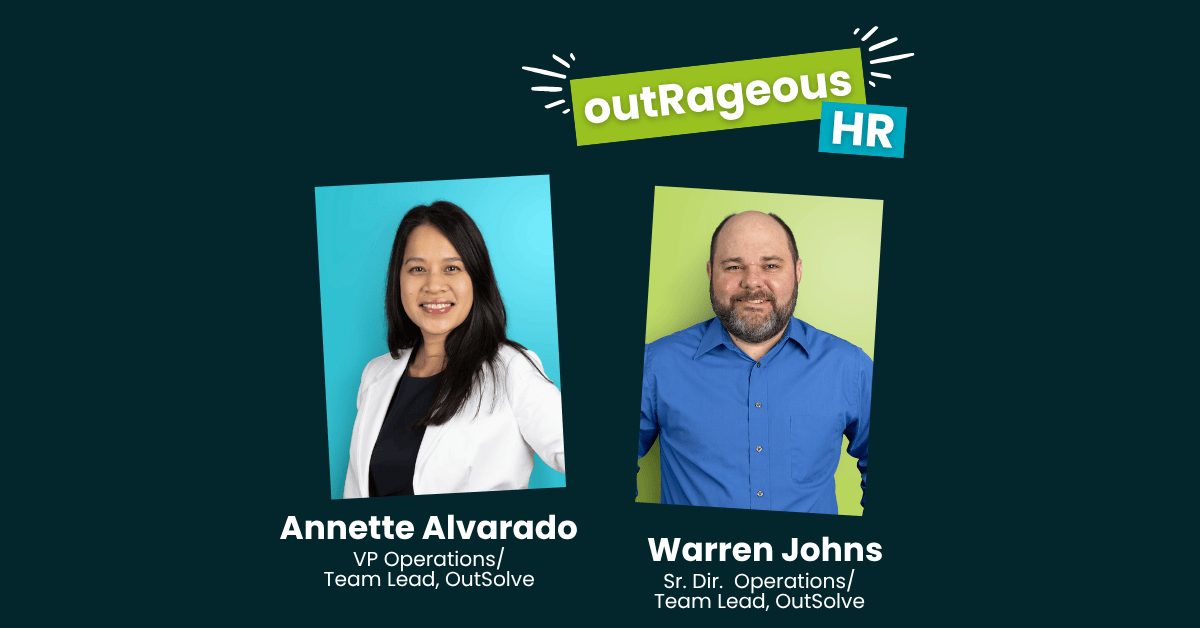
outRageous HR: Plan Now or Pay Later
Related Posts

In-House or Outsourced I-9 Management: Which Is Best for Your Organization?
Every U.S. employer, regardless of size or industry, is required by law to confirm each new hire’s identity and verify that they are authorized to...
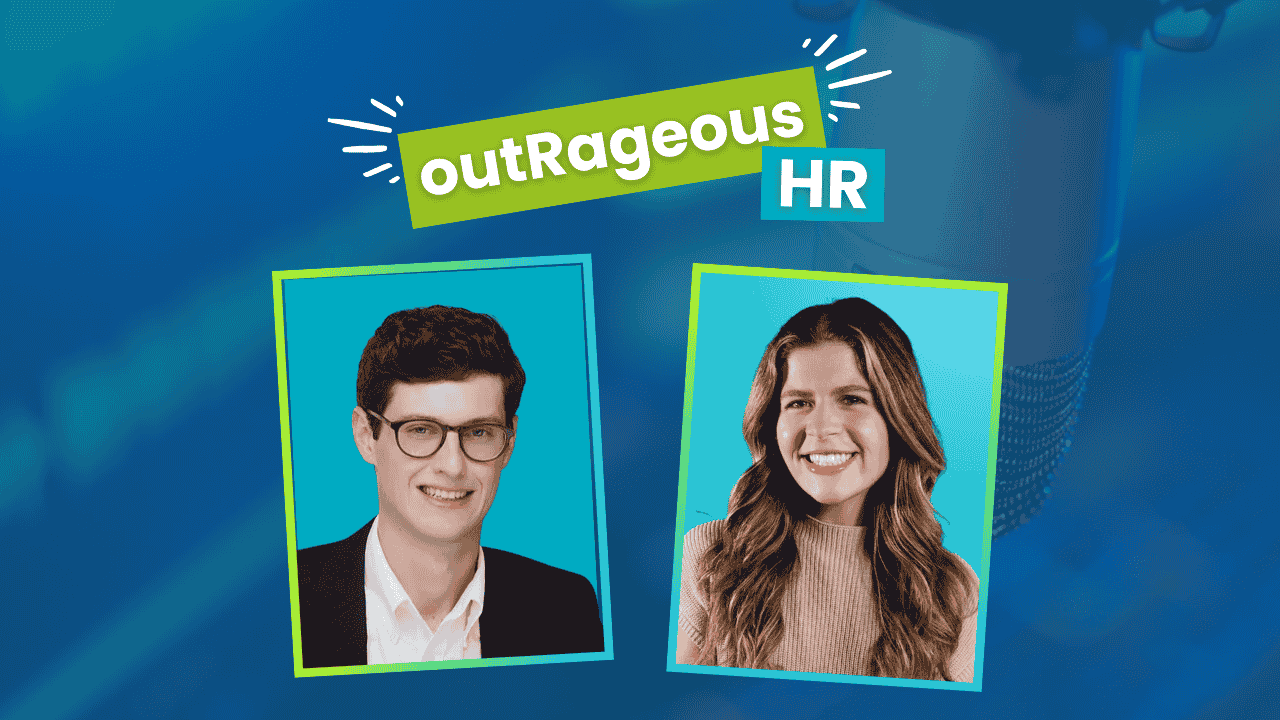
outRageous HR: Building a Compensation Strategy That Actually Works
If your compensation strategy is mostly “gut feeling” plus whatever you did last year… it’s time to rethink your approach.
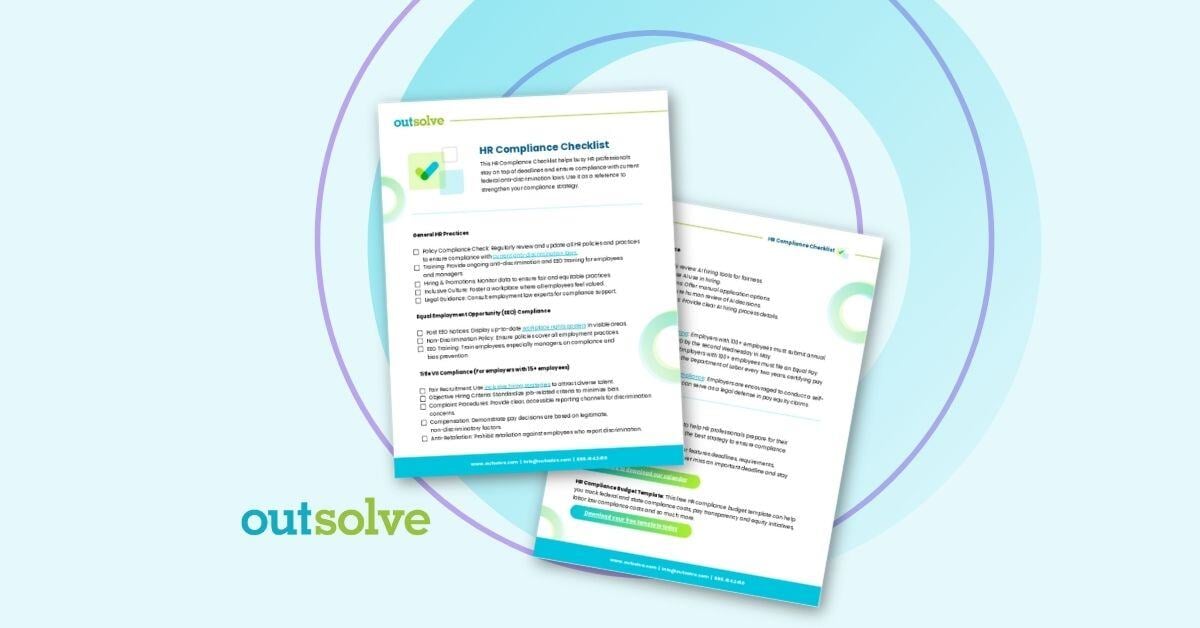
HR Compliance Checklist: What Every HR Pro Needs to Know
During times of sweeping change to federal laws, and with new state laws being enacted, it's more important than ever for HR professionals to ensure...
